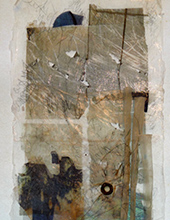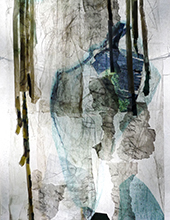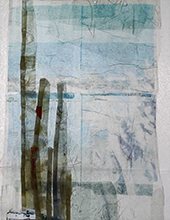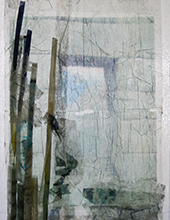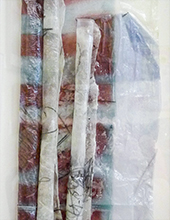Spartina
When we moved from the urban environment of Atlanta to the South Carolina Lowcountry, I was immediately captivated by the salt marsh that dominates the landscape. Water is everywhere. We cannot go anywhere without crossing multiple bridges and causeways over vast expanses of high-tide water and low-tide mud flats, teeming with life and intermittently studded with vascular spikes of Spartina alterniflora, the only plant that can live with its roots submerged in salt water, and the basis of the food web in the salt marshes. Countless organisms depend on Spartina for nourishment and for shelter. As coastal development, pollution from chemical runoff, elimination of marsh buffers, and other intrusions by man threaten the health of the salt marsh, the marsh itself seems to cry out for protection. While we seek to live closer and closer to this magnificent marsh vista and gain access to its delicate ecosystems, few of us may realize that what happens in the marsh does not stay in the marsh…in fact, destruction of salt marsh impacts on what happens upstream and inland, as habitat and food supplies are terminated. My series “Spartina” is a highly abstracted representation of what I feel about the marsh, about the secrets that it harbors, about the life that it protects, and about the protection that it requires.
Of my work in the Women’s Caucus for Art ECO Caucus national exhibition “Ecology: The Difference Perception Makes,” juror Karen Gutfreund wrote, “The intricate, fine detail, and layering of imagery creates a sense of mystery-this pulls the viewer through doorways into beautiful worlds....” This statement captures perfectly my intent in creating the series “Spartina,” because the salt marsh itself speaks to me in exactly those terms.


